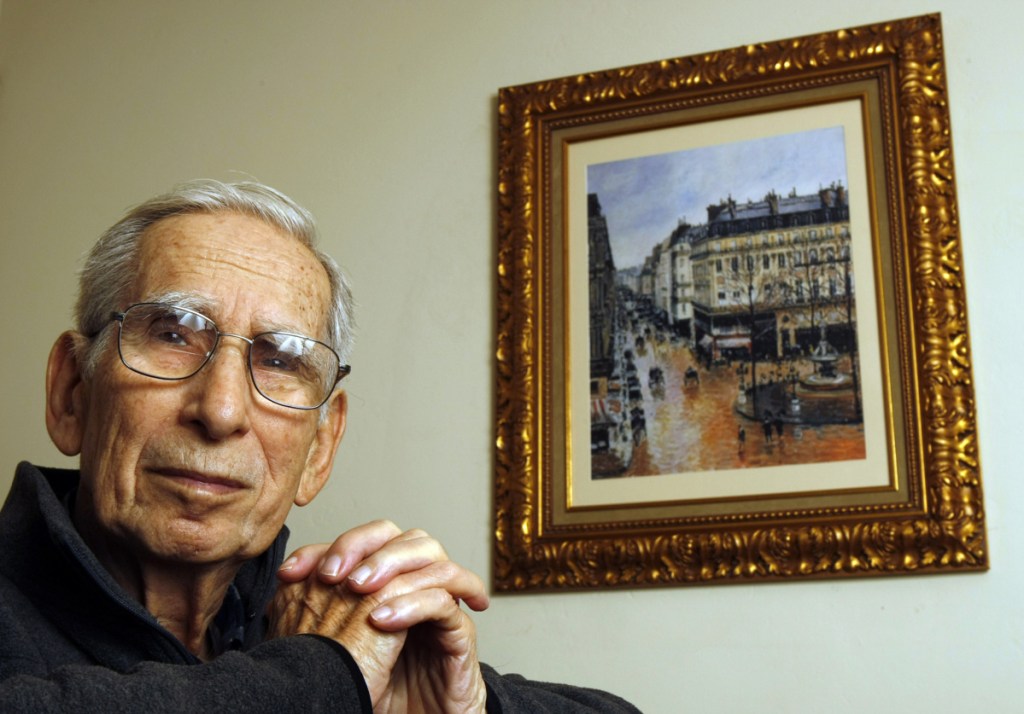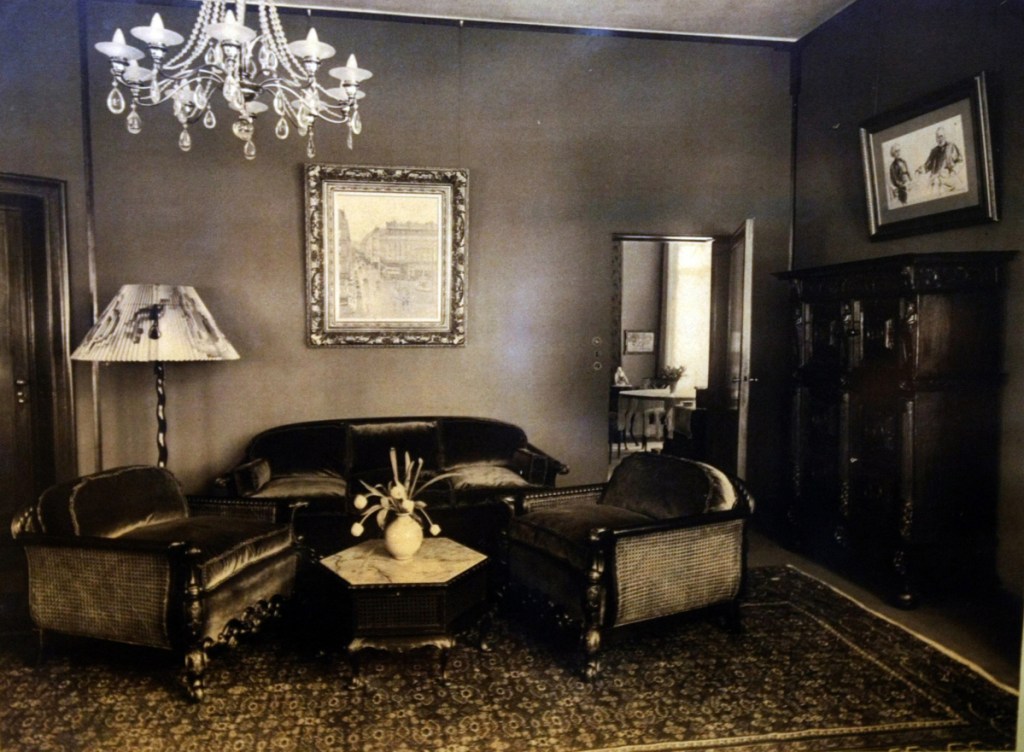LOS ANGELES — For 25 years, a painting by the Impressionist master Camille Pissarro has hung on a museum wall in Spain.
The artwork’s dark past is no secret: In 1939, months before the start of World War II, Nazi officials forced a Jewish woman to trade it for her freedom as she tried to flee Germany.
But despite committing to international agreements that call on nations to work toward returning artwork looted by the Nazi state, Spain has waged a relentless legal battle in U.S. courts against descendants of the woman, Lilly Cassirer, to keep the masterpiece, which is valued at $30 million.
The fight has stretched well into its second decade as attorneys for Madrid’s Thyssen-Bornemisza Museum spent years first trying to have the case thrown out of the U.S. courts and then arguing the museum is the lawful owner of the painting.
Claude Cassirer, Lilly Cassirer’s grandson, filed the lawsuit in 2005 but died several years ago. His daughter then died this year, leaving his son, David, to carry on the case.
Now, a federal judge in Los Angeles is set to decide who has the rightful claim to the painting.
On Tuesday, high-profile attorneys for the museum and Cassirer are scheduled to begin trial before U.S. District Judge John F. Walter in a downtown Los Angeles courtroom. Walter, who will hear the case without a jury, must interpret the intricacies of Spain’s property laws to decide the painting’s owner. Whichever side prevails, an appeal is almost certain.
The case is one of several filed in U.S. courts by American descendants of European Jews. In perhaps the most well-known legal skirmish, the U.S. Supreme Court in 2004 ruled Austria could not use sovereign immunity to avoid a lawsuit by Maria Altmann, a Los Angeles woman seeking the return of a few Gustav Klimt paintings valued at $150 million.
And this year, an appeals court brought an apparent end to an 11-year legal saga when it upheld a ruling by Walter in a case involving Renaissance paintings of Adam and Eve seized by the Nazis from a Dutch Jewish art dealer. Walter ruled the Norton Simon Museum in Pasadena, Calif., should keep the artwork because the Dutch government had been the valid owner when it sold the paintings.
The current trial is playing out as European nations, the U.S. and others around the world take stock of the uneven effort to rectify the cultural damage the Third Reich inflicted with its organized campaign to plunder art and other valuables from families and museums. Last week, to commemorate the 20th anniversary of the signing of the first major international agreement on the importance of finding Nazi-looted art and quickly reaching “just and fair” solutions with its owners, experts gathered in Berlin to measure the work that remains.
Of the roughly 600,000 paintings thought to have been stolen, about 100,000 remain missing, Stuart E. Eizenstat, a State Department adviser on Holocaust issues and leading figure in the campaign to return looted art, said in an address at the conference.
Spain, Eizenstat said, was one of a handful of key countries that “have made virtually no effort to comply” with the principles in the agreement, despite signing it and subsequent declarations. In criticizing Spain for its recalcitrance, he highlighted its refusal to return the Pissarro to the Cassirer family.
At stake is “Rue Saint-Honore in the Afternoon. Effect of Rain,” one in a series of oil paintings Pissarro made of the street scene he saw from his room in a Paris hotel at the end of 1897 and 1898. Shortly after completing it, Pissarro sold the painting, which is about 2.5 feet tall, to Lilly Cassirer’s father, who eventually passed it on to his daughter.
Send questions/comments to the editors.



